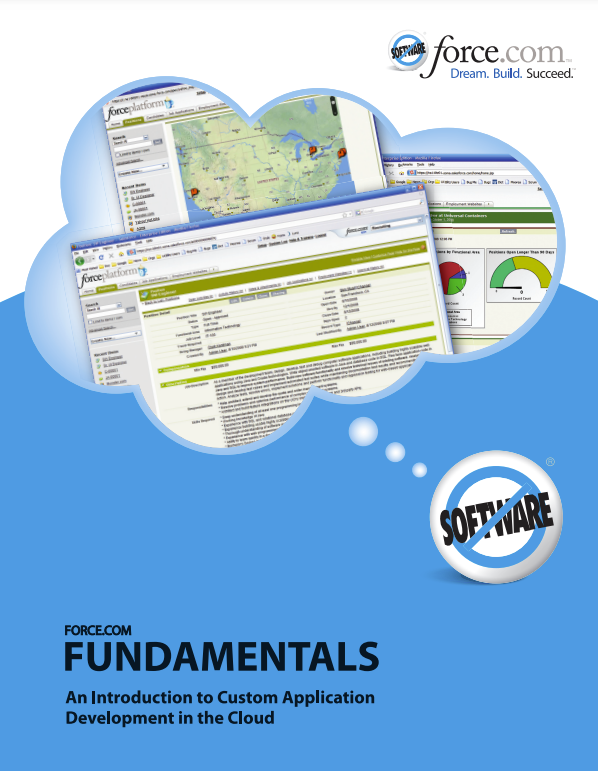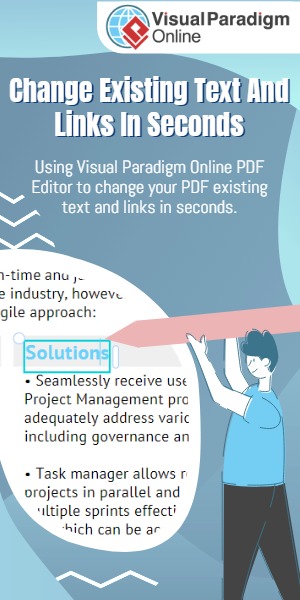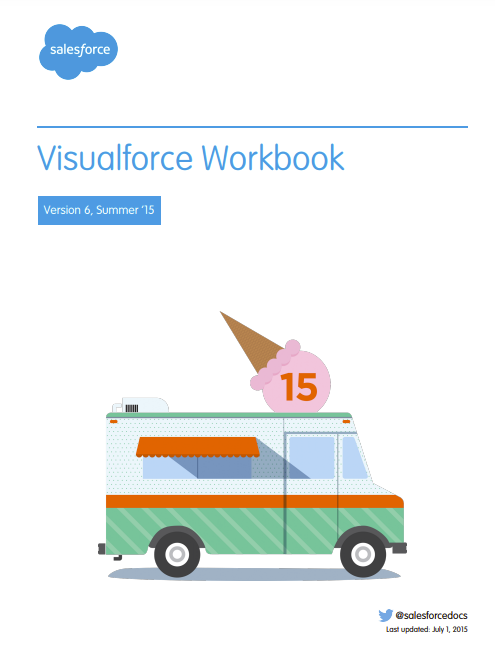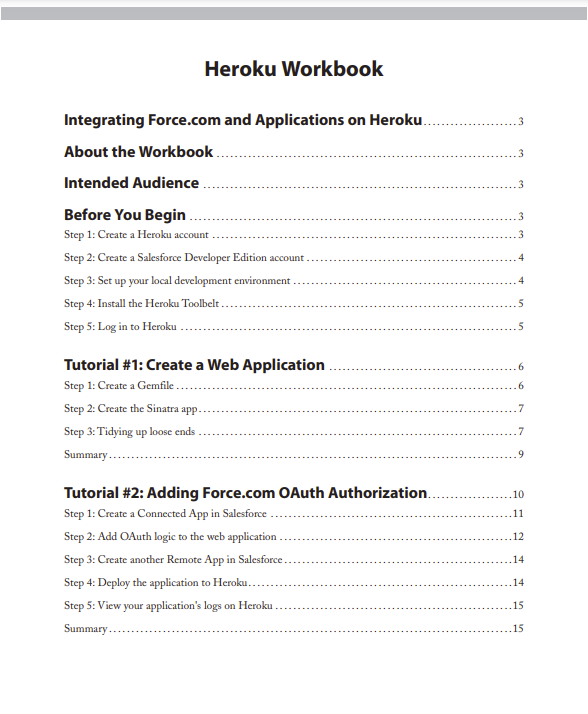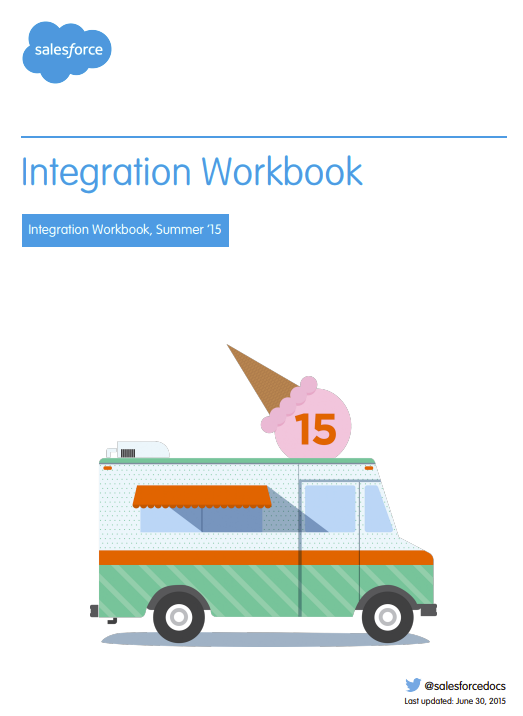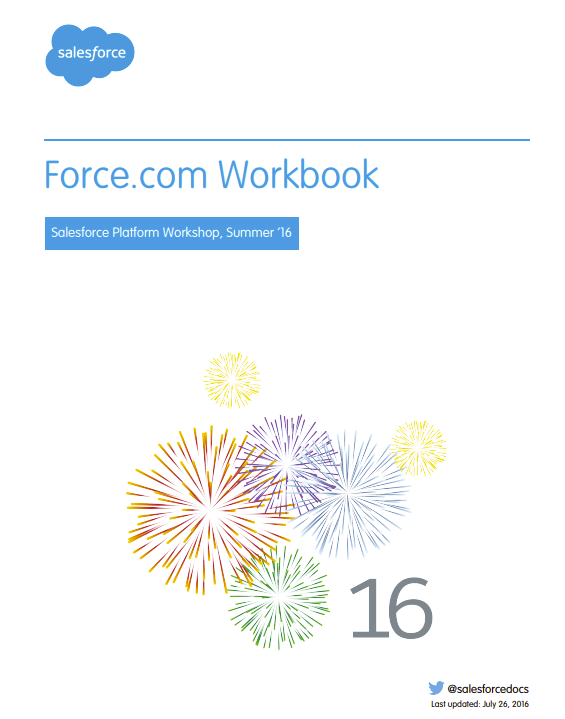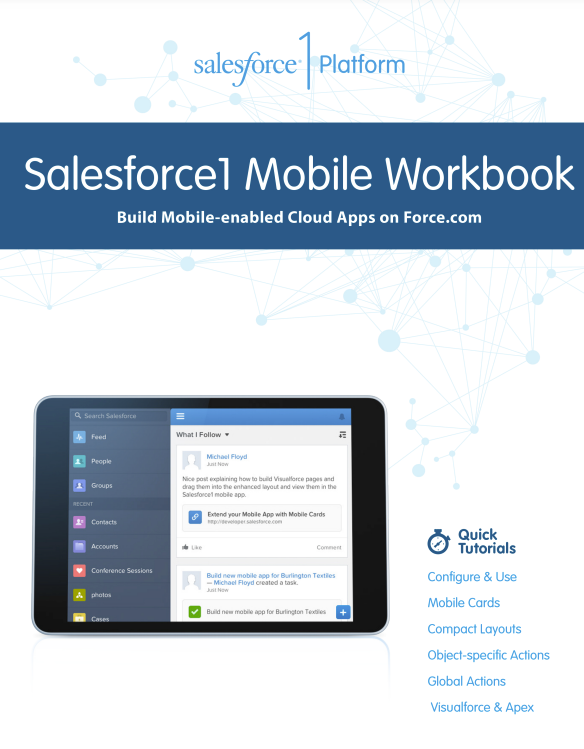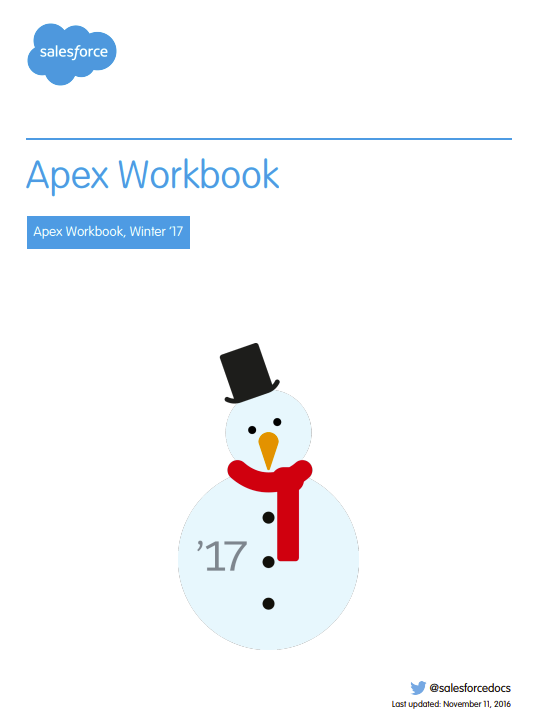As users of the Internet, we’re all familiar with the fascinating, innovative, creative, and sometimes silly ways in which it has changed how we work and play. From social networking sites to wikis to blogs, and more, it’s exciting to watch the innovations taking place that are changing the ways we communicate and collaborate.
While these changes have certainly impacted how we work with content, a similar set of Internet-driven ideas and technologies is changing how we build and work with business applications. While yesterday’s business applications required thousands, if not millions, of dollars and sometimes years of professional services help to set up and customize, the technologies offered by the Internet today make it much easier to create, configure, and use business applications of all kinds. Indeed, the power of the Internet has given us the ability to solve new kinds of business problems that, because of complexity or cost, had previously remained out of reach.
Just as the changes that moved publishing technology from paper to bits made it possible for us to have information about anything in the whole world right at our fingertips, the changes in application technology make it similarly possible to imagine a robust, enterprise-class application for almost any business need. Sound pretty good? Then you’re probably wondering: “What’s the magic that makes this possible?”
Welcome to the Cloud!
These new ways of building and running applications are enabled by the world of cloud computing, where you access applications, or apps, over the Internet as utilities, rather than as pieces of software running on your desktop or in the server room. This model is already quite common for consumer apps like email and photo sharing, and for certain business applications, like customer relationship management (CRM).
Because almost all apps these days are delivered via a Web browser, it’s increasingly hard to tell which applications are “traditional software,” and which are run in the cloud. As with the Internet, applications that run in the cloud have grown so ubiquitous that almost every business user interacts with at least one, whether it’s an email service, a Web conferencing application, or a sales system.
Platforms for Cloud Computing
A new twist, the platform in the cloud, is making the delivery of application functionality even more interesting. Increasingly, applications that run in the cloud are starting to look less like websites and more like platforms, meaning they are starting to sprout Application Programming Interfaces (APIs), code libraries, and even programming models. Collectively, these new kinds of development technologies can be thought of as platforms to run apps in the cloud.
Similar to traditional platforms, cloud computing platforms provide tools that allow developers to leverage existing functionality to create something new; however, because these platform tools are accessed freely over the Internet rather than through an operating system or package that was installed on a local machine, developers don’t need to worry about the logistics of putting together an executable that will be installed on a user’s machine. Anyone with a Web browser can access it!
The possibilities presented by this new type of platform have emerged quickly, spurred on by the popularity of mash-ups—a website or application that combines tools from multiple cloud computing platforms to create new functionality. Some of the cloud computing platform tools used in today’s mash-ups include innovations like Google’s search API, which allows developers to use the power of that search engine in their applications, eBay’s APIs for auctions and listings, or Amazon.com’s system for creating entirely new storefronts. For example, almost any real estate website or application these days uses Google or Yahoo! maps under the hood, illustrating how these new APIs are now commonly running alongside the more traditional database, app server, or operating system platforms.
